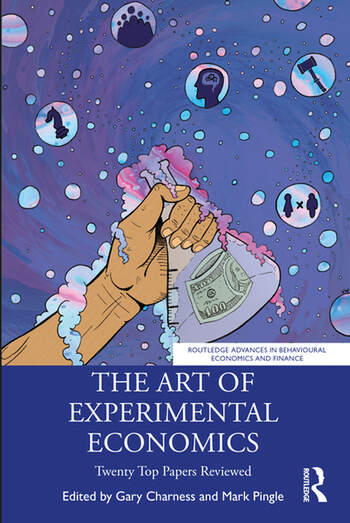At Eötvös Loránd University in Hungary, there's a course allocation system that gives rise to intense course exchange after its official conclusion (some of which may be planned in advance). Here's a description and analysis:
Seat transfers in the course allocation mechanism of Eötvös Loránd University by A. Rusznák, P. Biró and R. Fleiner, 2021 IEEE 15th International Symposium on Applied Computational Intelligence and Informatics (SACI), 2021, pp. 503-508, doi: 10.1109/SACI51354.2021.9465548.
"Abstract: We initiate the study of the course allocation mechanism of the largest Hungarian university, ELTE, based on a real data provided for three semesters in 2018-2019. Besides introducing their priority based mechanism and the structure of their course registration data provided, we analyse a special issue coming from a students’ survey related to seat transfer. We identify the seat transfer actions in the last stage of the mechanism from the data that we describe in a transfer graph, and we analyse this network observing interesting patterns."
"In Hungary the course allocations are conducted at every major university by the same administrative system, called Neptun, and most universities use a simple first-come-first-served method. However, the largest university in Hungary, ELTE, uses a three-phase priority-based method [12]. In the first phase the students can submit their most preferred bundles, and the university admission may adjust the quotas of the courses based on these initial inputs. The second phase is the most important, where the students are ranked at each course based on a scoring system and lottery for breaking ties. They have a week to select their best bundles, but the mechanism is dynamic, the students can be unsure whether they will really get admission to a course. After finalising the assignment based on priorities and quotas, in the third phase of the mechanism a simple first-come-first-served method is used to allocate the remaining open slots. This final round also facilitates the informal seat transfers and swaps, a topic that we focus on in this paper. We conducted an online survey at ELTE sent to all registered students, and we received more than 3000 replies in total, so we could identify the main practices and issues for this priority based mechanism. We also received the complete course allocation record from their Neptun system for three recent semesters in 2018-2019. We will use this rich data to check the issues and strategies reported in the students’ survey, starting with the analysis of the seat transfers and swaps in the last stage of the mechanism.
...
"One of most critical comments was concerned with the rejection of the students even from their main courses that fits in their ideal curriculum. Some students mentioned that they could only get admission to some of their important courses by getting a favour from another student, who had higher priority at that course, so could take it in the second stage, and then transfer the course to them in the third stage. The transfer can be observed in the data as the withdrawal of a student and an almost immediate registration by another student. In this paper we initiate the study of this issue by studying the course allocation record of ELTE for the years of 2018-2019, that we describe in the next section."











